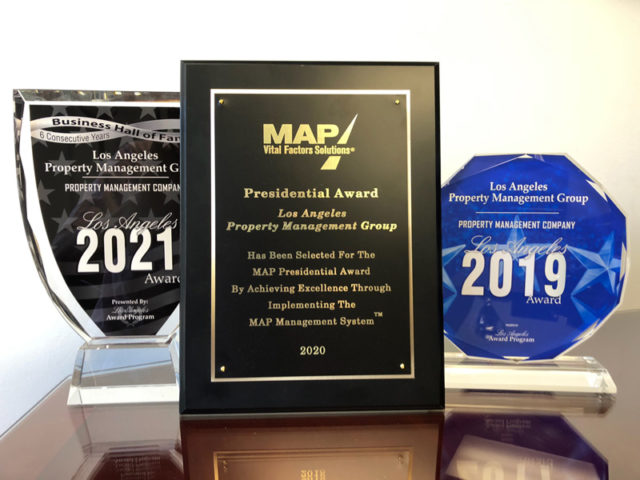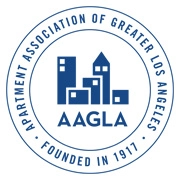Looking for a lucrative business idea in the real estate arena? Here’s one – learning to wholesale real estate properties. Don’t get me wrong though; it does require hard work and patience, but the rewards are fulfilling when you get the hang of it.
Wholesaling real estate is when you find a troubled home and set up a contract with the owner to re-sell it. The sole purpose of doing so is so that you can transfer the deal to another buyer for a profit. Don’t worry, you don’t have to fix the house to sell it. You only need to be smart and advertise the property to people who are willing to purchase it at a higher price. Then, they will assign the contract to whoever offers the best deal. The process can be quite confusing so let’s step into it slowly.
Step 1: Find Your Target Distressed Property
A distressed property is one whose owner cannot afford to maintain the property any longer and is looking to sell. Ways to locate such properties include searching online, hiring a distressed property finder or attending meetings with real estate professionals to glean properties on sale. These meetings are dual purpose – building connections and getting expert knowledge from their database. We know, it sounds sneaky but it works.
If you’re depending on online websites, they may not serve your needs adequately. The biggest issue with these websites is that some of them charge money in return for access to their information. However, the data is usually useful, so the chances of it being a waste are slim.
A property finder on the other hand, will do the searching for you by going door to door and looking around the neighborhood. You only have to pay them when a property they’ve found goes through the complete process of wholesaling.
Step 2: Convincing Owners to Sell
Here comes the hard part. Once you have located a distressed property, you have to persuade the owner to sign a contract with you, which sometime they may not be willing to considering they are plagued with other property dealers and/or foreclosure process (more on that later). Nevertheless, explain everything thoroughly and ensure they understand it. Don’t forget to be courteous and respectful.
When attempting to convince the owner to sell, emphasize on the primary reason why they need to sell to you. Re-assure them that you will take care of all the hard work. If it helps, specify a few things that need to be taken care of like the appraisal process. Also, while you’re at it, have a look around and point out some of the things that need repairing. This will allow you to make a lower offer without making the owner frustrated.
Coming to the contract, wholesalers form their own contract so they can manipulate the clauses, saving them future discomfort. For example, you can inform the seller beforehand that your goal is to make a profit. For that, the contract can specify that you may either rent the property, flip it around or assign the contract elsewhere. This way, you guarantee a transparent sale in the San Fernando Valley.
Step 3: Form Your Team
In the long run, hiring these people will save you a lot of time and money. They include people like appraisers and contractors. The appraiser can provide you with an assessment of your targeted house allowing you to buy it at a reasonable price from the owner. The contractor you hire can give you a proper assessment for the repairs needed on the house. This helps in two ways. Firstly, when you are evaluating the house, you’ll get to know the full extent of repairs required. Secondly, when you find a buyer to shift the contract to, they cannot make you an unfair offer for the sake of repairs.
You could also hire a title company. They will ensure that you are buying a property with no legal ties. They will also help out when settling the agreement.
Step 4: Find Your Buyer
Before you do anything, remember that you are short on time. Your contract has a closing date, and the transfer needs to happen before that. Most likely, the buyer will be an experienced investor who intends to repair the property, some other time it’s a first time homeowner waiting on a bank to sanction mortgage. So the best thing to do is to find your buyer quickly before the due date arrives. Some common ways to locate a buyer include advertising on websites, emailing investors and making a few calls to your connections (those meetings came in handy, didn’t they?).
Step 5: Find Your Profit
Profit is all about negotiation. The more the difference between purchasing and wholesaling, the more you gain. At the same time, when negotiating, remember that you are not going to spend your profit on different fees. The amount the buyer offers should cover all the costs, and give you a decent profit.
Also, be sure to have the buyer prove that they are serious about purchasing from you by paying earnest money. It can be held in escrow until the wholesale is complete.
Step 6: Close the Deal
The settlement usually takes place in the title company’s office. All the parties involved get together to discuss and finalize the deal before transferring it to the buyer. At that point, the wholesale process is complete. The contracts with the seller and the buyer will continue till the closing date, but your role ends before that. They will pay the closing costs unless you have agreed to pay for them.
Tricky Business
Wholesaling real estate requires exceptional communication skills and full understanding of how wholesaling works. We recommend that anyone planning to get into wholesaling real estate properties should learn about the legalities first. You cannot expect to be a millionaire overnight in this field if you slack off on the research.









